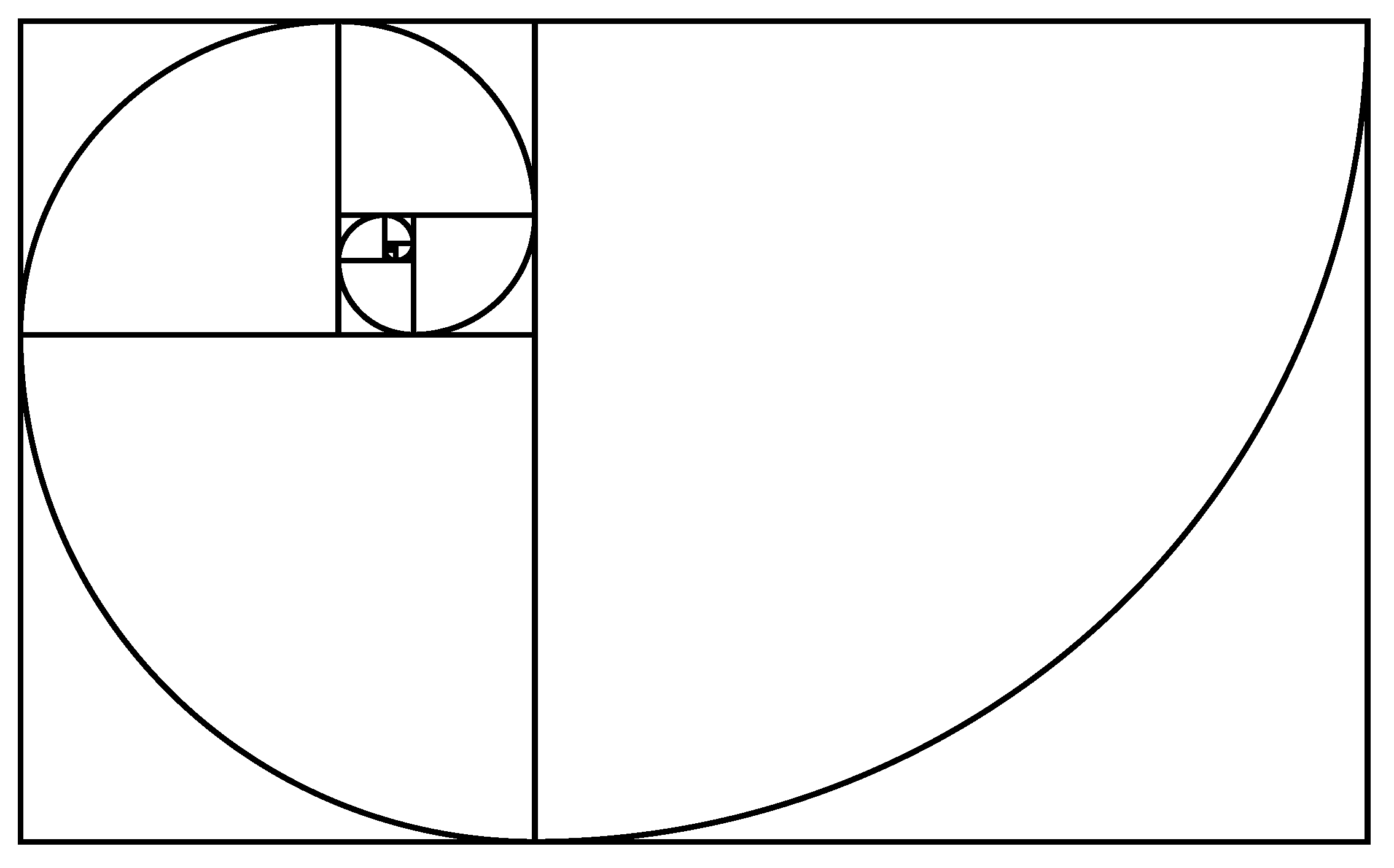Composition is a critical aspect of graphic design. It allows designers to create balanced and visually appealing designs that effectively communicate their message. In this blog post, we'll explore the importance of composition in graphic design and provide tips and techniques for mastering composition.
Composition is the arrangement of visual elements in a design. This includes the placement of text, images, and other design elements to create a balanced and harmonious design. Effective composition can help guide the viewer's eye through the design and communicate the message more effectively.
One effective technique for mastering composition is the use of grids. Grids help designers create a structure for their designs and ensure that all elements are aligned and balanced. The use of grids can also help create a sense of hierarchy and importance within the design.
Another effective technique is the use of negative space. Negative space refers to the empty space around design elements. By using negative space effectively, designers can create a more open and balanced design that is easier to read and understand.
It is also important for designers to consider the overall visual balance of the design. This includes the use of color, contrast, and proportion to create a visually appealing and balanced design.
In conclusion, composition is a critical aspect of graphic design. By mastering composition techniques such as the use of grids, negative space, and visual balance, designers can create more effective and visually appealing designs. By considering the placement of text, images, and other design elements, designers can guide the viewer's eye through the design and effectively communicate their message.
